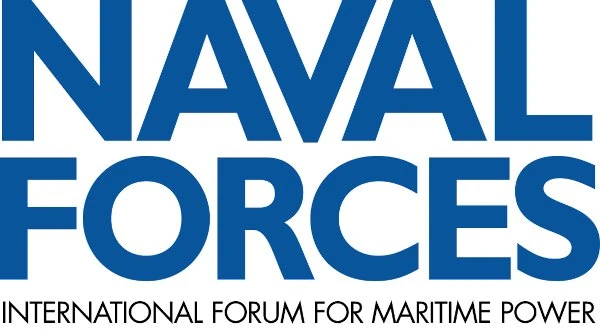In line with the great success of NAVAL FORCES achieved over more than four decades, we decided to extend the reach of this leading international forum for maritime power. The first edition was published in January 1980. All regular editions and series issues are aimed at countries and shipyards, naval decision-makers with reference to NATO and naval policy. Addressing the demands of industry, governments and the Armed Forces, it provides its worldwide readership with exclusive insights into different navies’ maritime strategy, doctrine and procurement via exclusive analyses, features and interviews. Responding to strategic operational and technological shifts is always a major issue.
NAVAL FORCES will be the first place to turn when the international readership needs data on modern warship designs or naval subsystems, shipbuilders, naval equipment manufacturers, R&D activities, technology innovations and trends, military operations and tactics, or any other bit of equipment. The coverage is unique in its breadth of topics covering six main domains: surface, underwater, air, space, land and cyber.

to follow us now

Read NAVAL FORCES comfortably from home as a PRINT edition or DIGITAL!
The worldwide demand for state-of-the-art surface ship platforms is growing exponentially. NAVAL presents in-depth knowledge about new surface combatant designs, critical emerging shipbuilding technologies and revolutions in naval affairs.
Navies must adapt submerged systems to enhance their effect or defend themselves from evolving threats. NAVAL FORCES provides comprehensive knowledge about the spectrum of submarines, uncrewed systems and their subsystems and components.
Space capabilities are expanding quickly. NAVAL FORCES provides insights into the development, role and perspectives of space-based ISR and other space capabilities that serve as tactical information lifelines to warships at sea.
The land battlespace plays a key role for modern naval operations. NAVAL FORCES provides updated information on a combat environment that more and more intermixes with distributed naval operations.
Naval forces are taking the cyber threat seriously. NAVAL FORCES delivers the answers of how naval assets can defend themselves against the latest forms of cyber-attack.








Volker Schwichtenberg – CEO
Uta Schwichtenberg – CEO and Attorney-at-law
Christine-Demmer-Straße 7
53474 Bad Neuenahr-Ahrweiler, Germany
Phone: +49 2641 3703-0
Fax: +49 2641 3703-199
info@moench-group.com